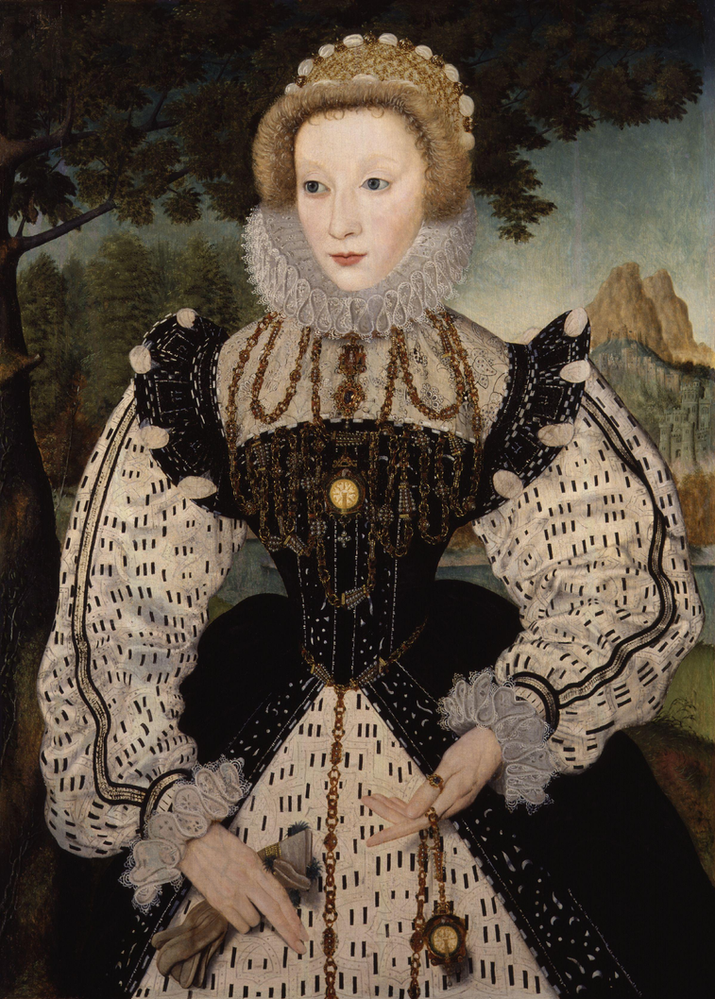
Hello, and welcome back for the latest edition of what has quickly become Waterford Treasures #ClockPosting. We find ourselves now in a new year, and 2020 will be the year that the long-awaited Museum of Time opens, but until that happens, we will be continuing to share strange and fascinating stories from the history of time and time-keeping, and this week is of particular interest: the wristwatch!

When most of us think of clocks, the wristwatch is probably what comes to mind. The majority of people nowadays get the time from their phone, or the corner of their computer screen, but quite a few still own watches, even if they’re just for decoration! Watches are a status symbol, from a luxury Rolex on the wrists of the wealthy, to Georgian pocket-watches, but while this may have been their beginning, watches have historically been so much more than that.
Technically speaking, the pocket-watch came first, that much is true, however, would you believe that the first reference to a wristwatch comes all the way back in 1571? Or that it was a New Year’s gift?
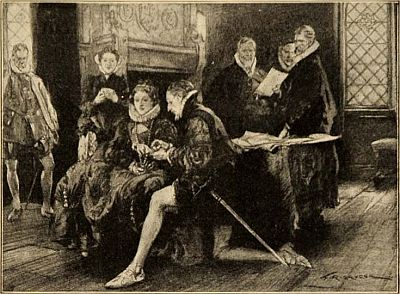
In January of 1571, Robert Dudley, the Earl of Leicester and famous favourite of Elizabeth I presented an ‘arm watch’ to his Queen as a present. It is unlikely that the watch presented to Her Majesty looked much like our modern wristwatches, but this is right around the time that watches were becoming smaller and less cumbersome, though their novelty and expense meant that they were still very much the preserve of the rich. These watches were very unreliable, but they weren’t worn to tell the time, they were worn to impress – Elizabeth even had a watch set in a ring! So it is safe to assume that the Queen was a collector all the way back in the sixteenth century. Unfortunately, the watch doesn’t survive, so we don’t know what it looked like or how often she work it, but this does mark the first time that we know for sure that somebody had the novel idea to hang a time-piece from their arm.
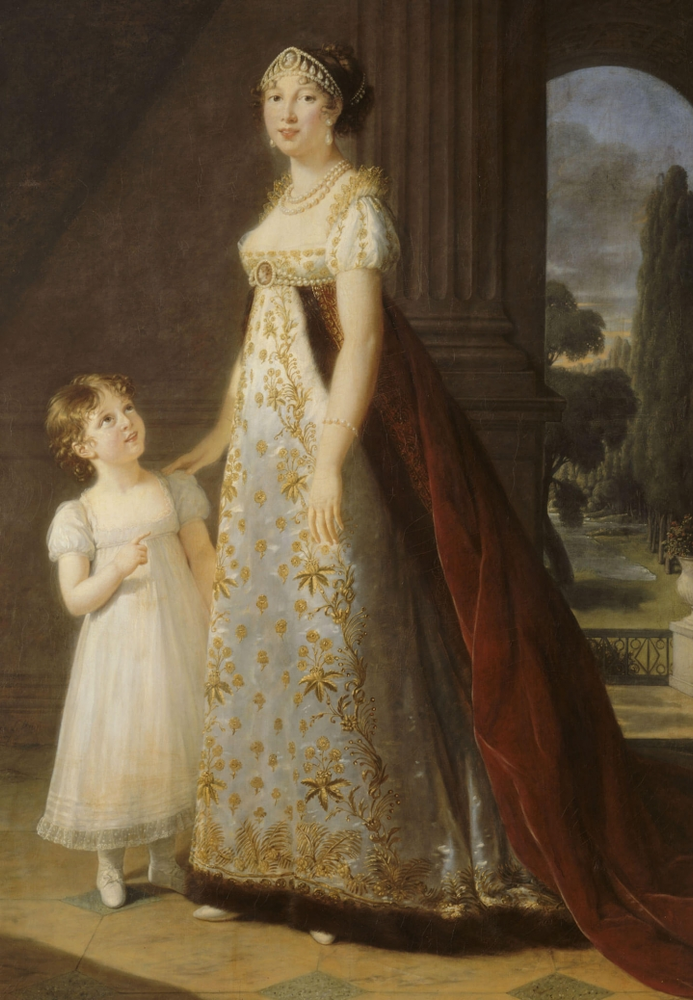
After this, there is a 239 year break in the fashion for arm-hung watches, until another Queen, this time, Caroline Bonaparte, Queen of Naples, places an order for such a piece of jewellery from the famous watch-makers Breguet in 1810. Once again, this was not the sort of wristwatch with which we are familiar, but a ‘watch bracelet’ for which she paid 5,000 francs. Once again, the watch does not survive, but thanks to a repair to the watch movement in 1849, the makers at Breguet are confident that their predecessor produced a ‘timepiece of unprecedented construction and extraordinary refinement, namely an exceptionally thin, oval repeater watch with complications, mounted on a wristlet of hair and gold thread.’
From Queens to a Countess: the first widely accepted wristwatch (at least as far as Guinness World Records are concerned) is a watch made in 1868 for Countess Koscowicz of Hungary by the Swiss watch manufacturer Patek Philippe. Unlike the others, this watch still exists and can be verified. In fact, during the latter half of the nineteenth century, wristwatches or watch-bracelets became quite popular among women as a fashion accessory.
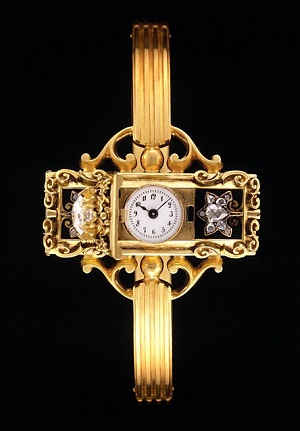
So while we can credit women with owning and popularising the first wristwatches, and they graced the wrists of the most powerful women in Europe, popularity among women was not, historically speaking, a recipe for mainstream success, and watches were still quite expensive accessories (the smaller the watch movement, the more difficult it was to produce, and the more expensive the watch). In fact, it took men to make watches the mainstay that they are today, but popularity among men was not easy to crack, and because the eventual surge in success, the history of the wristwatch is linked inextricably with the history of war.
Some of the first men to start paying attention were pilots. In short, early aviators quickly realised that wristwatches were much easier to check than manouvering a pocket watch out of your jacket, while flying, and some pilots started to wear watches on the wrist as a result. However, the real success came in the Boer War, when the true value of small and accurate watches in wartime became clear. Wristwatches allowed commanders to easily coordinate troop movements and synchronise attacks for the first time, and they began to rise in popularity.
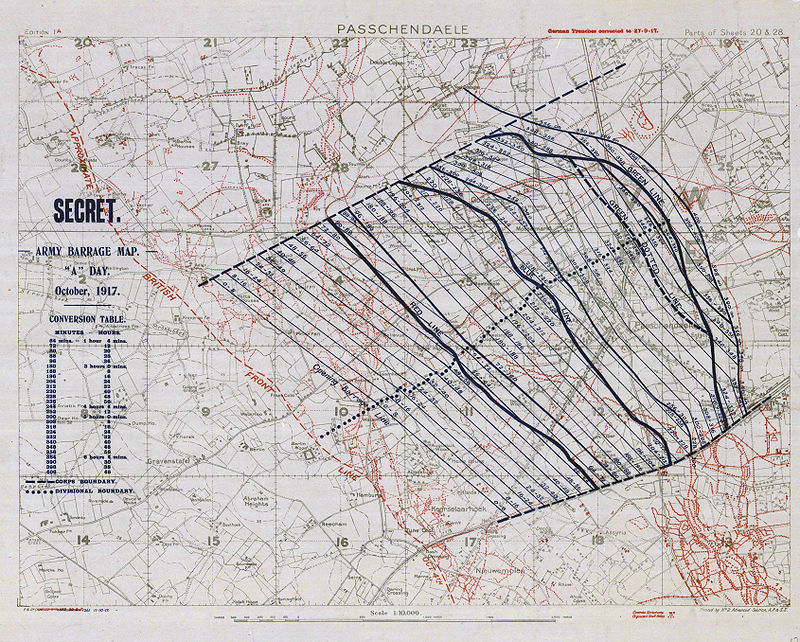
The First World War was the greatest test for the wristwatch and indeed, their greatest victory. Tactics such as the ‘creeping barrage’ (where, instead of firing at the enemy continuously from a fixed point and halting as the infantry advanced, the barrage could move forward at a fixed pace, shielding the infantry until the last point) were made possible with increased accuracy and watches soon became common among soldiers. In 1917, thanks to their success, the War Department in Britain made them standard issue for soldiers.
After the Great War ended, many soldiers returned home and continued to wear their military watches in their daily life, finding the convenience of knowing the time accurately difficult to live without, and the modern wristwatch was born. From that point on they were standard in the lives of ordinary men and women, and even today almost all of us own at least one – even if we never change the batteries.
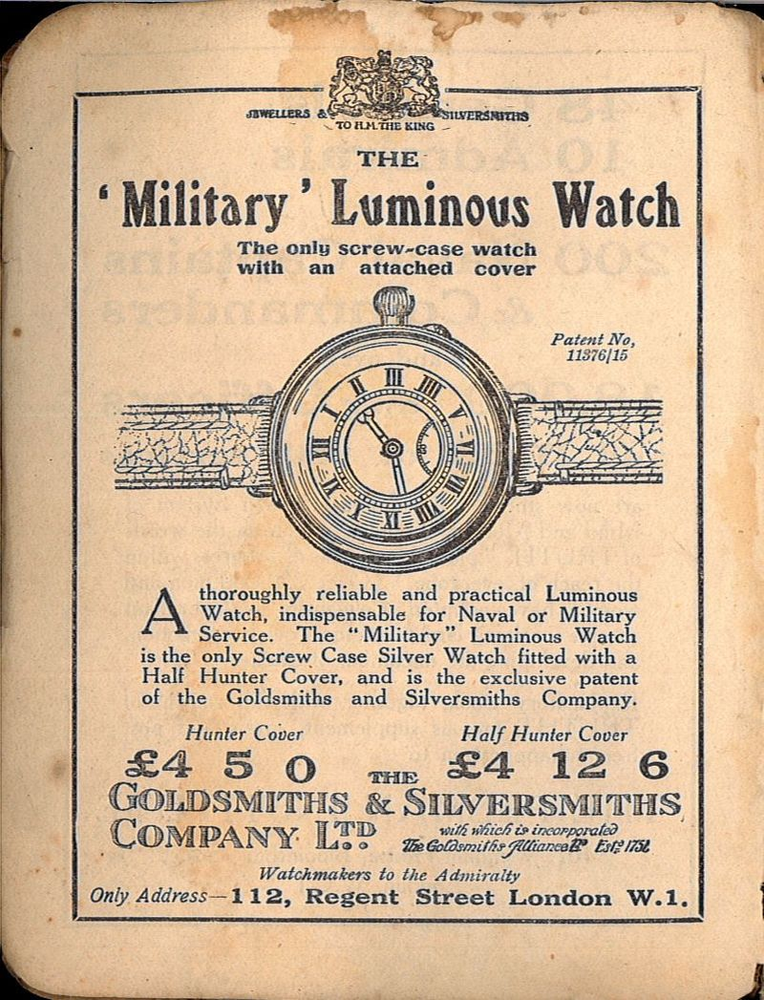
In many ways, they have returned to their intended purpose of a mere fashion accessory, but there we have it over a 450 year history they have adorned the wrists of Queens and the wrists of soldiers, but the wristwatch endures, perhaps better than any other kind of timepiece ever has.


